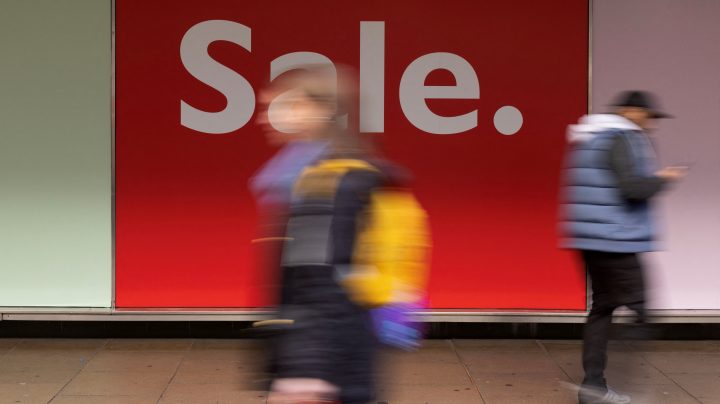
For those who sell, predicting the economy is more than theoretical
For those who sell, predicting the economy is more than theoretical

For months now, economic prognosticators have been placing bets on whether there’ll be a recession. Whether there might be a downturn, a soft landing or no landing at all. And, if a recession comes, whether it will happen early this year, late this year or sometime next year.
But there’s a group of people for whom our economic destination isn’t theoretical at all: retailers and other sellers who have to decide what to buy and how much based on how they think things will go in the future.
Peak sunscreen buying season is May through July. So if you are in the sunscreen business, you’re not planning — you’ve already planned.
“We don’t have a lot of room for error,” said Rebecca Hamilton, co-CEO of the W.S. Badger Co., which makes organic sunscreens and bug repellents. “And right now, with extended lead times post-pandemic, we’re looking at starting placing orders a year in advance.”
Hamilton has to order ingredients, tubes, machines and labor. “We’ve been in business 28 years, and previously we could just look at historical data and we were pretty accurate each year. Post-pandemic, our historical data is a little all over the place,” she said.
So, in this wacky couple of years, Hamilton said she looked at as much data as she could and ordered a little extra in case business goes extra-well.
“But we have to budget more conservatively in other areas so we can make it all work out,” she added.
So far, this year has been going great for W.S. Badger — even if it’s off peak season. But buyers and sellers have other strategies to cope with the unexpected.
“Try and source domestically, even though the cost of labor is a little bit higher,” said Shawn Grain Carter, a professor of fashion business management at Fashion Institute of Technology.
Making clothes or bags might be more expensive in the U.S., but it’s faster, in case you need to ramp up production.
There’s another strategy to use if there’s a slowdown and consumers aren’t buying as much as you thought. “We will mark it down to move inventory. And guess what? We will make sure that the manufacturer and the vendor and the suppliers help with the markdown on this product ’cause it’s not moving,” Grain Carter said.
Basically, suppliers will share in the loss by giving retailers a credit. The reality is, predicting demand is hard, even in the best of times.
“A 40% accurate demand planning forecast is considered to be very good, even in normal and stable conditions,” said Tom Derry, CEO of the Institute for Supply Management.
You can imagine, he said, how much more challenging it is right now.
There’s a lot happening in the world. Through it all, Marketplace is here for you.
You rely on Marketplace to break down the world’s events and tell you how it affects you in a fact-based, approachable way. We rely on your financial support to keep making that possible.
Your donation today powers the independent journalism that you rely on. For just $5/month, you can help sustain Marketplace so we can keep reporting on the things that matter to you.











